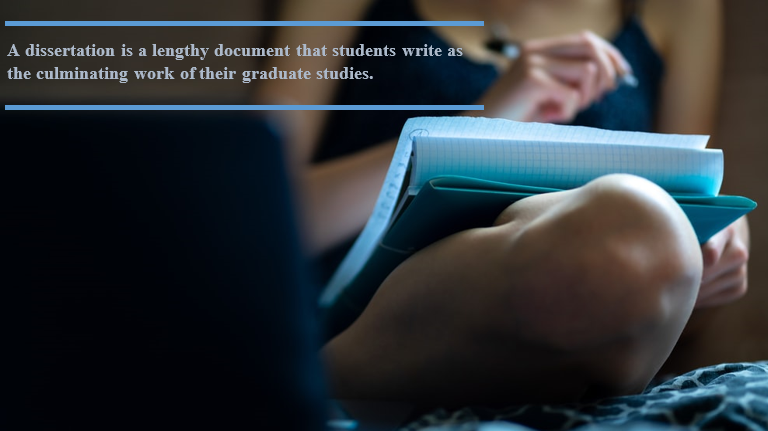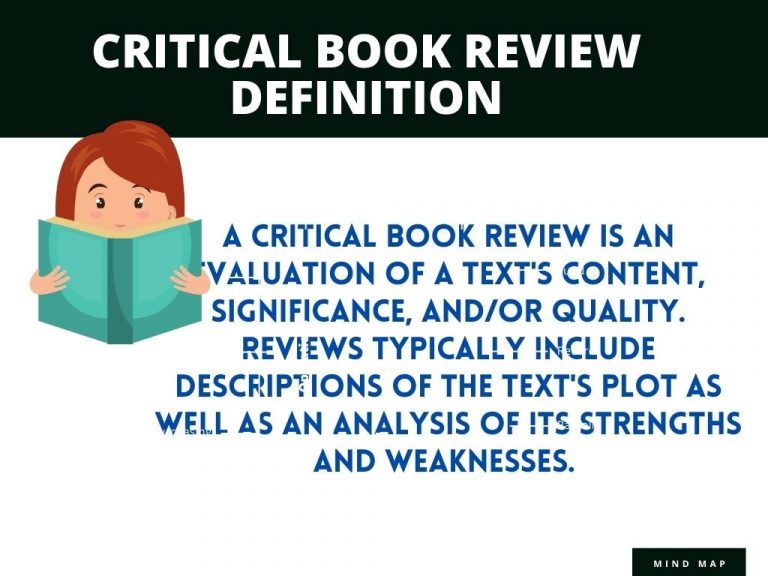Reverse Outline-Definition, Example, and Template
A reverse outline is writing an outline that works backward from the desired product to develop necessary steps toward its final version. Reverse outlining requires the writer to define a product before creating a development plan for its completion.
- A reverse outline can be used when a writer has difficulty with an assignment and is unsure where to start.
- A reverse outline focuses on the final product and then works backward from that point.
- Determining and writing down the main points makes the writing process easier.
- Writers use reverse outlining to help organize thoughts and materials, leading to a better final product.
- A well-done reverse outline makes a perfectly condensed version of the argument you’re trying to present.
A Reverse Outline Template
(Desired product or assignment: E.g., Write a paper about my French Dish)


Note: On the right-hand column, give as many details as possible about the product. These details will inform what you write on the left hand. This type of outline is called reverse because the writer starts with the flesh of the paper then goes back to the skeleton. It’s opposed to the regular outline, where the frame comes before the meat of the paper.
Reverse Outline Example(2 paragraphs)
Monte Cristo Sandwich
| My favorite French dish is the Monte Cristo Sandwich. | My favorite French dish is the Monte Cristo Sandwich. This dish is a combination of savory and sweet. It’s the kind that wows your taste buds and leaves them yearning for more. |
| It has a perfect blend of savory and sweet. | The dish is a mixture of a cheese sandwich, fried ham, and sugar. It also includes strawberries, which, together with the sugar powder, bring the sweetness. The sweet and the savory are perfectly blended to give your taste buds a lifetime experience. |
- Product or assignment is clear – free of errors and unnecessary details
- The paper about my favorite American dish is a well-developed piece that captures the reader’s attention and leaves them salivating for my favorite dish.
- It includes a description of my favorite American dish with an explanation of the flavors and why they work together.
- The paper discusses the main points that make the dish my favorite
Steps in Creating a Reverse Outline
| • Write the product on top of a 2-column table • Brainstorm and write details of the product on the right column • Write a sentence for each item on the left column • Check for accuracy • Review and edit |
1. Write the product or assignment at the top of a sheet of paper and draw a line down the center to create two columns.
2. In the right column, brainstorm as many details about the product as possible. Be as specific as needed to define the main idea and details of the product.
3. In the left column, write a one-sentence description for each item in the left column. Make sure each detail listed in the left column has at least one sentence of description.
4. Check for accuracy and completeness and revise as needed. Make sure one idea leads to the next in each paragraph.
5. Review the project to ensure it is clear, concise, and has no errors. Ensure the main ideas and supporting details are organized and easily understood.
How Does a Reverse Outline Help You?
- A reverse outline condenses the main points of an argument, making it easier to review and compare side-by-side.
- Reverse outlines are beneficial because they help writers remember essential details and organize information in a way that is easy to understand.
- In case new ideas or details come to mind, the writer has room for expansion without disrupting the flow of the already-created paper.
- When writing an essay, reverse outlines are helpful because they help the writer remember important details that support arguments. This helps avoid leaving out necessary information or including unnecessary details.
What Questions Should your Reverse Outline Answer?
- What is the product or assignment you are writing about?
- Who can benefit from reading your product or assignment?
- What are the main ideas and details of the product or assignment?
- How do these main ideas and details work together?
- How is your product or assignment helpful to the intended audience?
- How is your product or assignment descriptive, engaging, and thorough?
- What are the benefits of your product or assignment?
- What are the purposes of your product or assignment?
- Are there any steps you can take to ensure your product or assignment is compelling to your audience?
- What are any strategies you can use to ensure the text is clear, concise, and error-free?
- How can you revise your project to make it more efficient and less confusing?
- What is the main idea of your product or assignment?
- Why does this product or assignment appeal to the intended audience?
- How does the product or assignment benefit its audience?
Bottom Line
There are a lot of benefits to creating a reverse outline. The text will be clear, concise, and error-free without being too lengthy or tedious. You’ll also have an easy time ensuring that your main points lead to one another in each paragraph. You also make sure your work is descriptive and exciting enough for readers.


I‘m a freelance content and SEO writer with a passion for finding the perfect combination of words to capture attention and express a message. I create catchy, SEO-friendly content for websites, blogs, articles, and social media. My experience spans many industries, including health and wellness, technology, education, business, and lifestyle. My clients appreciate my ability to craft compelling stories that engage their target audience, but also help to improve their website’s search engine rankings. I’m also an avid learner and stay up to date on the latest SEO trends. I enjoy exploring new places and reading up on the latest marketing and SEO strategies in my free time.





